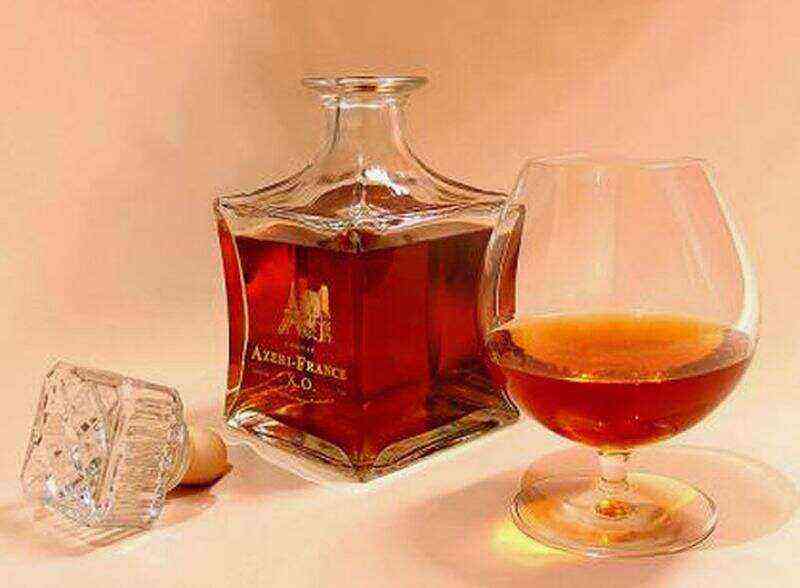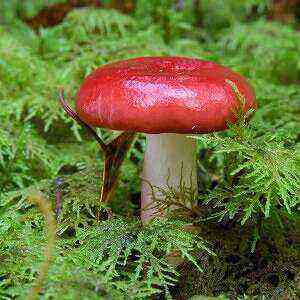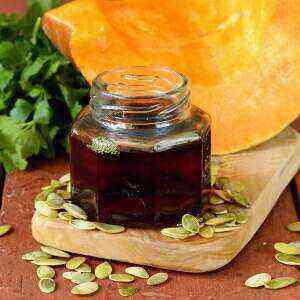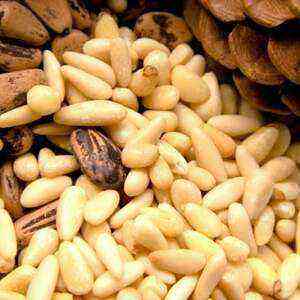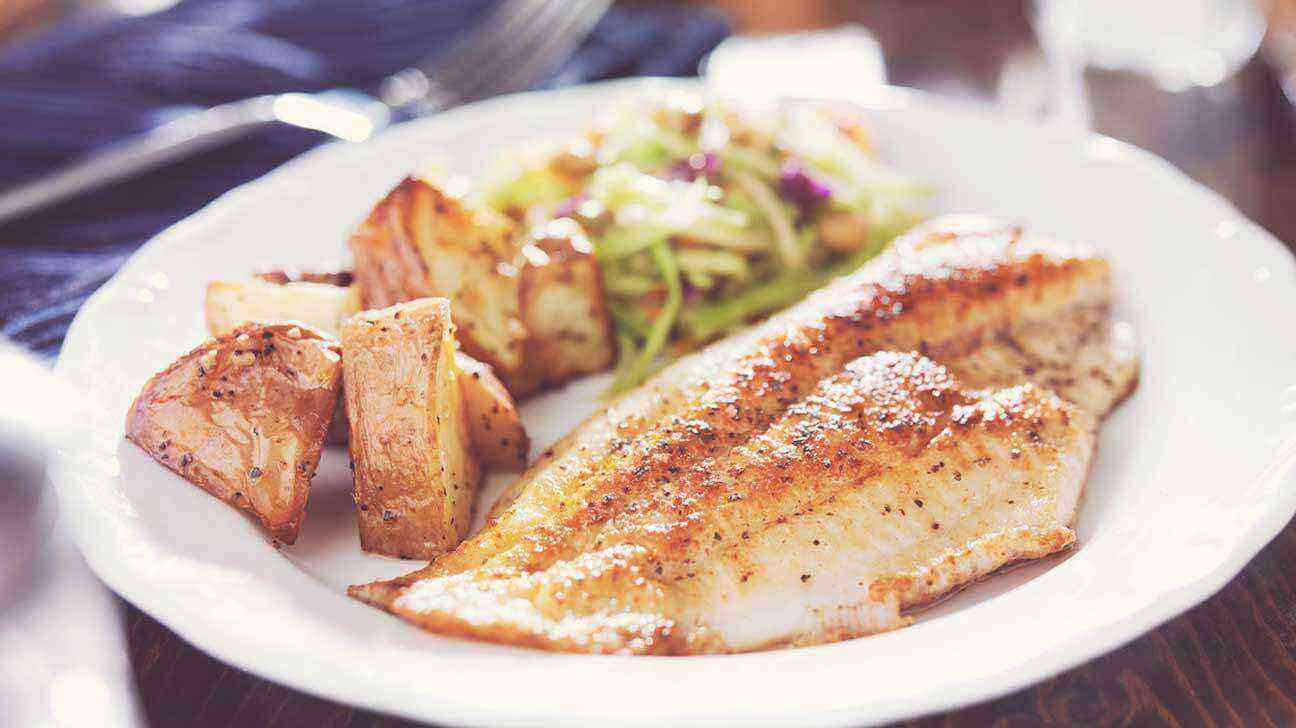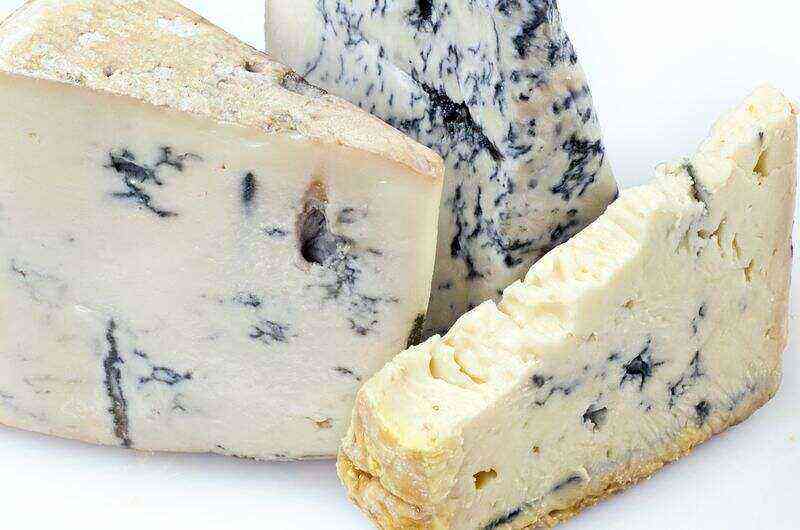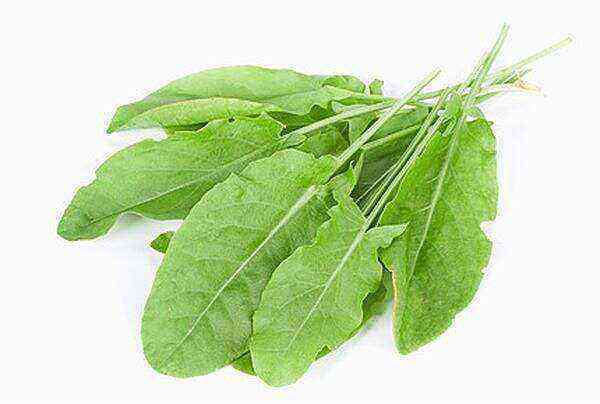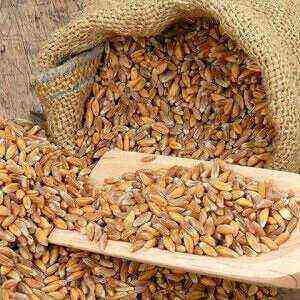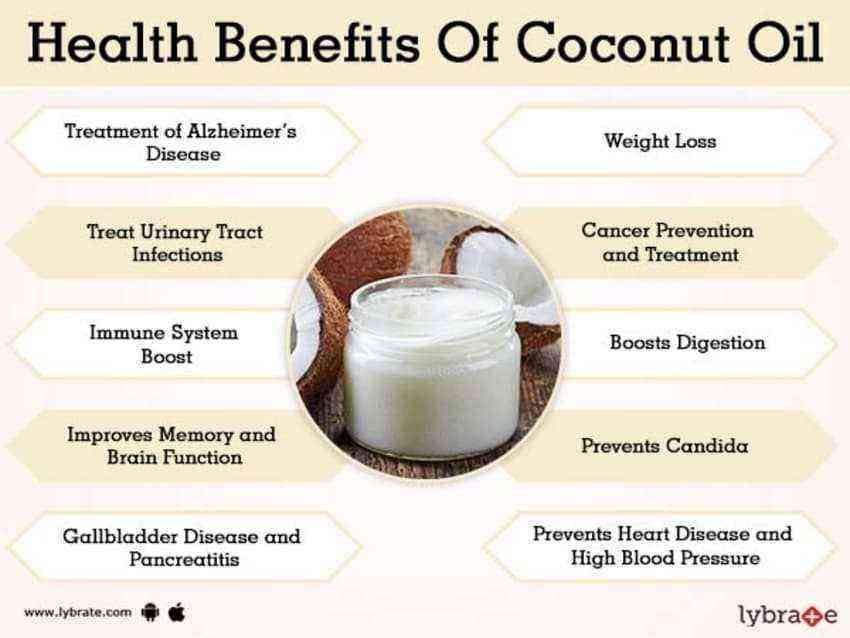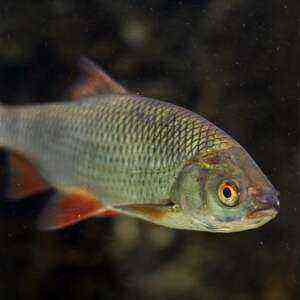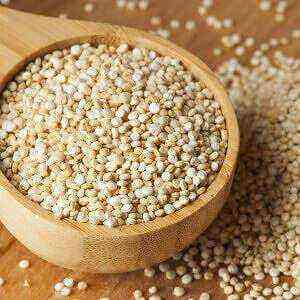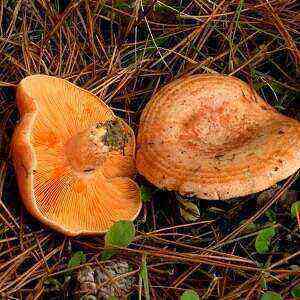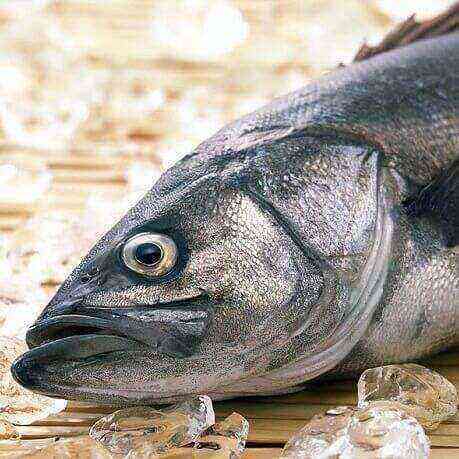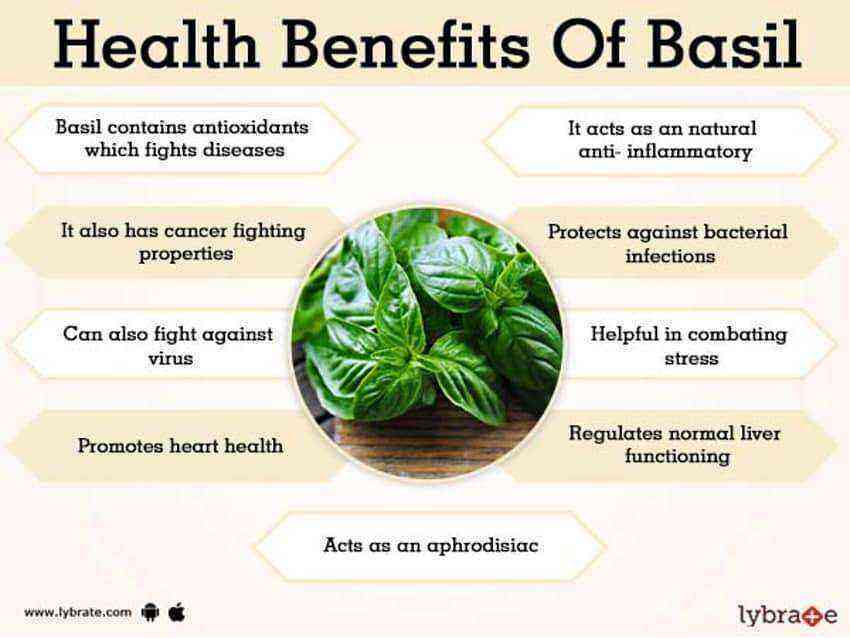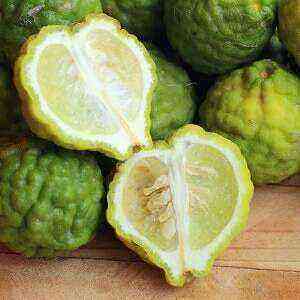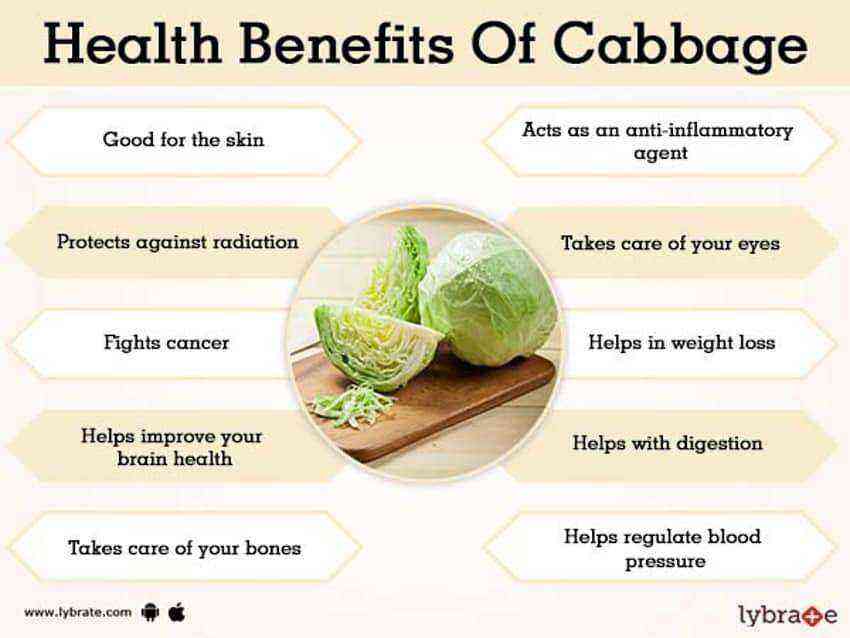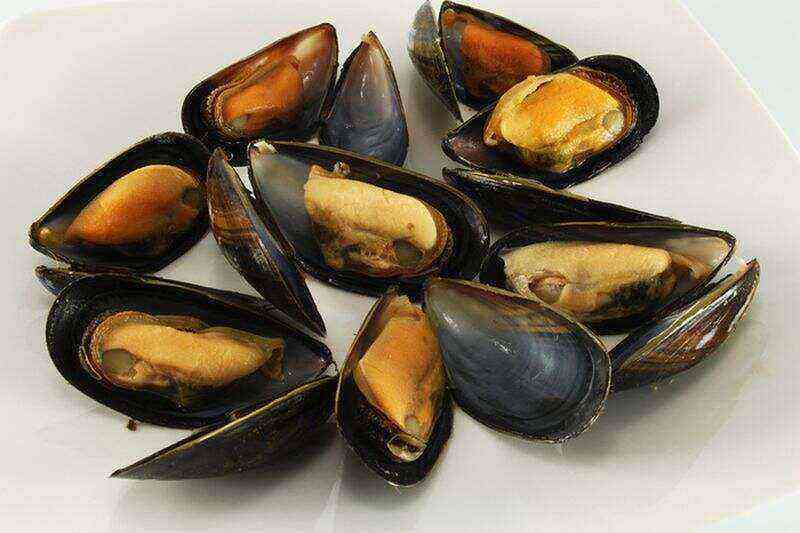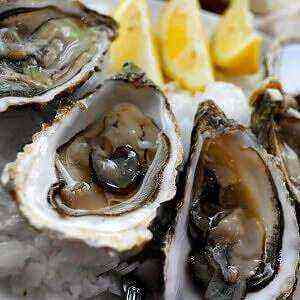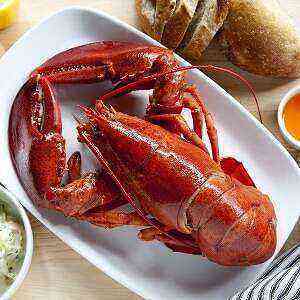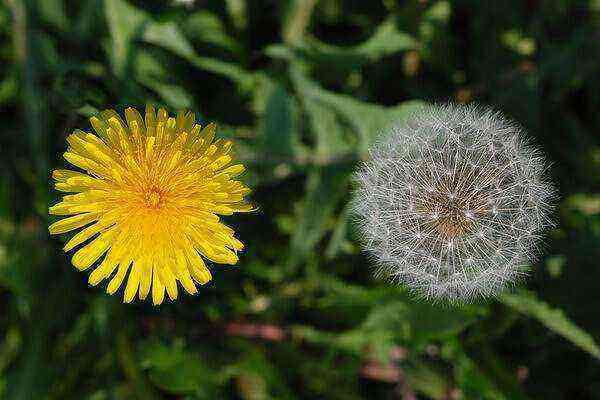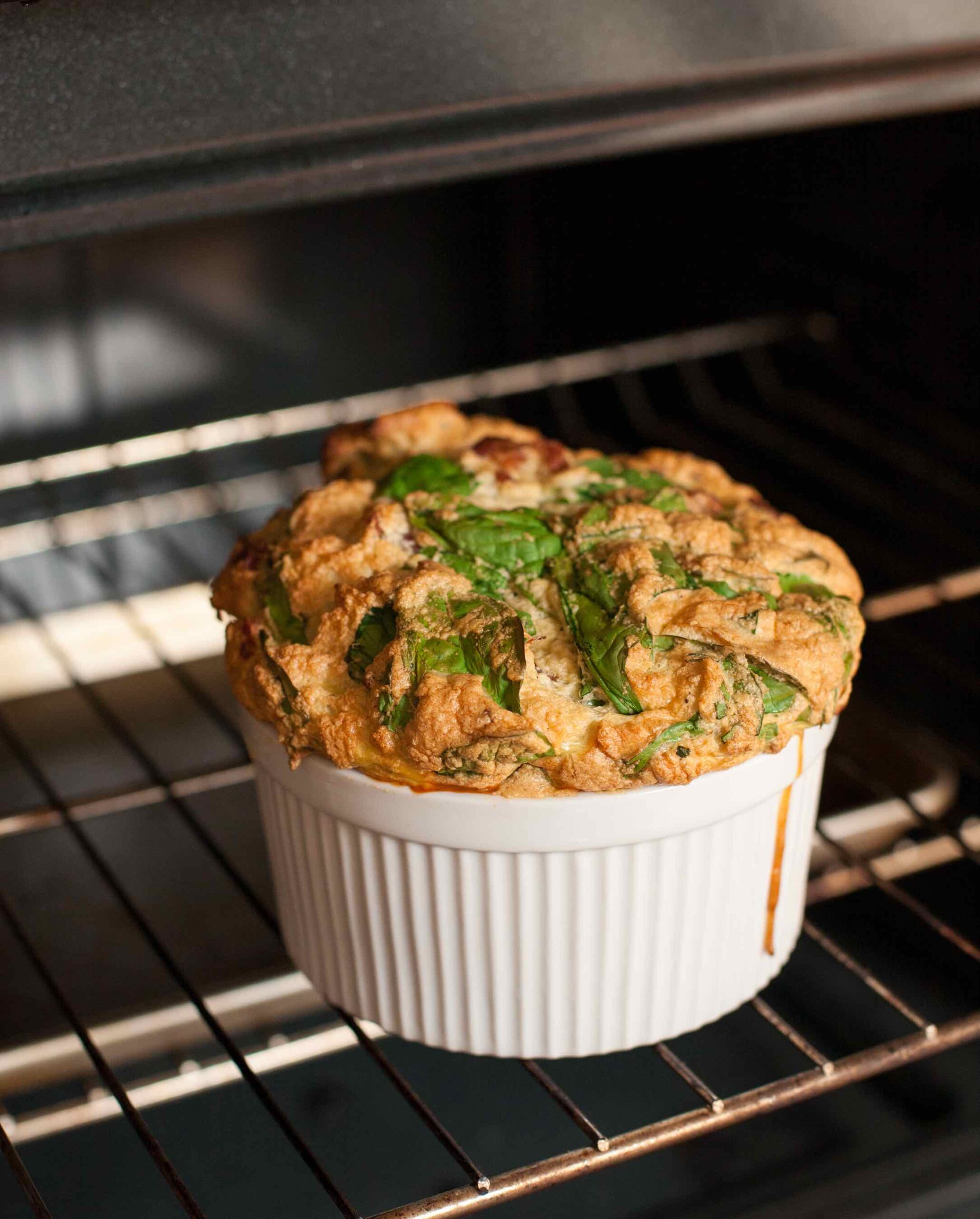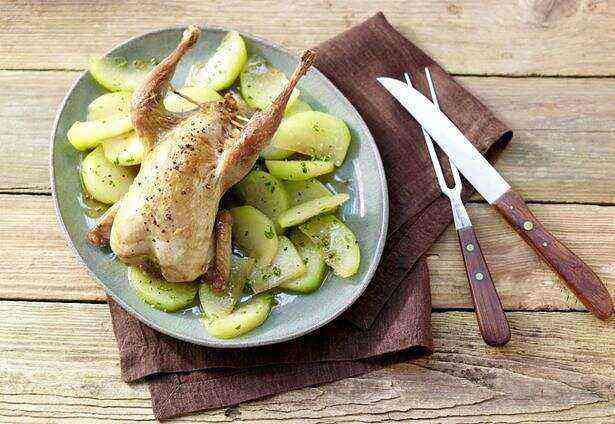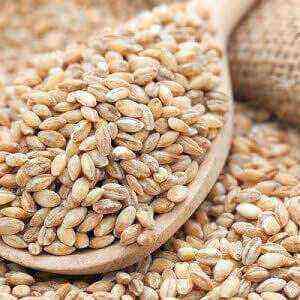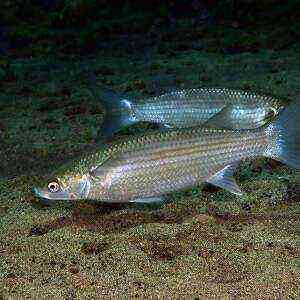
In the Mediterranean, mullet fades into the background before dorado, tuna and sea bass (branzino), while in Europe salmon, salmon and sturgeon are more valued. But mullet is not inferior to competitors in taste, nutritional value. On the contrary, it has more tender meat and, importantly, a loyal price. Especially tender mullet meat is very difficult to remove from the bone, so the carcasses of the fish are practically not sold cut off (too much effort will have to be spent on stripping).
The territorial catch points of the gray mullet are the Black and Caspian Sea. The catch is most often frozen and transported to land. At the points of sale the fish is brought to the usual temperatures and put on the shelves. Such temperature jumps do not affect the quality and taste of meat, therefore, choosing a quality supplier, you can not worry about possible infections and parasites.
General characteristics
Mullet is an incredibly active fish that prefers to function in a flock. The size of a chord animal is average: the length varies from 40 to 90 cm, and the weight to 7 kg (average statistics).
The fish has an elongated body like an arrow, slightly flattened at the beginning (the head really resembles sharp arrows). Mullet is covered with large scales of a bluish-gray shade. On the abdomen scales are softer and supple, painted in the color of silver. Sides are decorated with burgundy vertical stripes without a sideline. The eyes of the mullet are covered with wide fatty eyelids that reach the pupils themselves and protect the visual organ of the animal.
The mouth of the mullet is small, with small thin lips and a sharp edge (to grab and snap). A prominent fin with a noticeable notch stands out in particular.
The mullet feeds on the substrate, worms, small mollusks, crustaceans and algae. Fish has a high fertility level and is able to produce more than 7 thousands of eggs. Spawning period: from May to September, regardless of the specificity of the water (coastal / open).
Product History
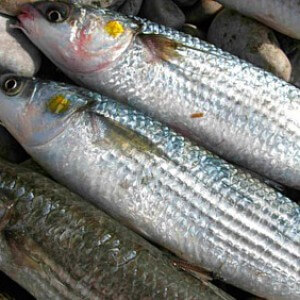
Ever since time immemorial of the Roman Empire, mullet has served as one of the most important sources of food. Not only the Romans loved to eat and survive at the expense of the fish. Egyptians allowed themselves such a luxury. At the time, Neil was a cornucopia from which mullet could be reached with a flick of the wrist. Fishermen willingly enjoyed such grace and went to their families with a rich catch. Native leaders in Hawaii or the Philippines so loved the delicate fishy taste that they ordered their subjects to create special ponds. In the ponds were engaged in artificial breeding of mullet and organized from there direct supplies to the table of the leaders.
Today, mullet does not slow down, it remains in high esteem among fishermen, chefs, industrial traders, connoisseurs of seafood and ordinary consumers. The fish is bred, caught, frozen / dried / smoked / canned and sent to the counters. The fish goes a long way from a seine or set net to a plate of a 30-year-old woman who strenuously monitors the quality of her nutrition. We recommend everyone who is attracted by the taste of fish to introduce mullet into the diet. It doesn’t matter at all whether it will be an exceptional dinner once a month or a daily addition to lunch.
Chemical composition
Useful properties of the product
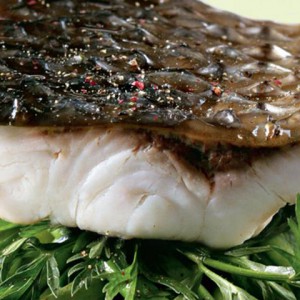
- Fats. Saturated fats (myristic, palmintic, stearic acid) – 1,43 g; monounsaturated fats (palmitoleic, oleic acid) – 1,38 g; polyunsaturated fats (linoleic, arachidonic acid, omega-3 and omega-6) – 0,92 g.
- Proteins.
- Micro- and macronutrients (phosphorus, fluorine, molybdenum, calcium, chlorine and others).
- Vitamins.
The composition of mullet has a beneficial effect on the condition of the vessels. Makes their walls thicker than prevents many pathological conditions and diseases. The development of a heart attack or stroke is triggered by blockage of the most important blood vessel – the artery. Large blood clots get into it and prevent normal circulation, which provokes malfunctioning of whole systems. Frequent use of mullet will help clear the arteries, prevent the development and delay of clots. In addition, fish reduces blood pressure. Stories about people who use a lot of mullet and practically do not get sick are absolutely real. Therefore, take note of the new ingredient and enter into the daily diet.
Doctors recommend eating fish (mullet, salmon, tuna, trout, mackerel, cod, herring – fish with a high content of omega-3) at least 2 times a week.
Mullet is useful in any form, but the greatest number of useful substances is retained when these types of heat treatment:
- cooking;
- roasting without oil (or with a minimum amount);
- steaming.
Mullet is especially useful for older people and young children. Both senile and children’s bodies need an enormous amount of nutrients to maintain / develop functionality. Children need to consume as much “building material” as possible for the normal development of the bone, psycho-emotional system, immunity and other things. Mullet is a great option for a healthy breakfast, lunch and even dinner. Fish (depending on the method of preparation) has a small amount of calories. You can safely eat it at the evening meal and not worry about the extra centimeters at the waist. On the contrary, a large amount of protein does not go to fat, but to maintain muscle mass. Mullet will improve the general condition of the body, digestion, help to cope with the problems of the cardiovascular, gastrointestinal, nervous systems.
Use in cooking
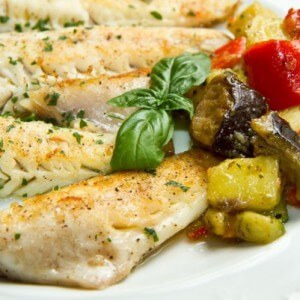
What to do with fish:
- roll around;
- to smoke;
- cook soup or other fish soup;
- cook canned food;
- bake;
- fry;
- stew;
- to pickle.
The secrets of cooking fish
Before you start cleaning the fish, pour boiling water over it for 30-60 seconds. Scalded scales will be easier and faster to separate from the base, which will speed up the cleaning process. Begin to clean the fish from the tail, gradually getting to the head.
We decided to eat baked fish? Preheat oven to desired temperature before sending mullet to it. The temperature must not exceed 180 ° C. Before baking, it is recommended to boil the mullet (10-20 minutes) to get the most juicy meat, pronounced aroma and unique taste.
Kefali Buglama recipe (traditional Caucasian dish)
Nutritional value (based on the 1 portion of the finished dish)
Caloric value
Proteins
Fats
Carbohydrates
278 kcal 21,8 g 1,1 g 40,7 g
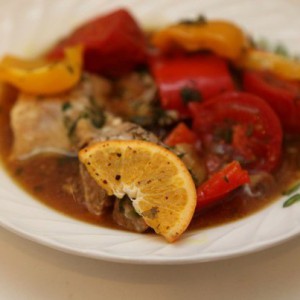
- potatoes – 500 g;
- water – 500 ml;
- mullet – 350 g;
- tomato – 4 pcs;
- Garlic – 3 cloves;
- onions – 2 pcs;
- red sweet pepper – 2;
- chili – 1 pieces;
- cilantro to taste;
- Spices to taste.
It is recommended to use paprika, hops-suneli and ucho-suneli to better reveal the taste.
Preparation
Cut the mullet into small cubes of 5, see Peel the tomatoes and cut into cubes of the same size.
To quickly remove the skin from the tomatoes, scald them with boiling water and hold 1 in hot water for a minute. Remove the tomato, cool and gently remove the peel with a knife. The tomato will become softer and supple.
Finely chop the herbs, cut the onion into half rings, dice the chili peppers (after removing the vegetable core). Take a deep baking dish and put the ingredients in the following order: fish, potatoes, onions, chili peppers, tomatoes. Send the dish to the oven for about 45 minutes. Add water to the form as needed. Put chopped greens on the finished dish and serve with your favorite side dish.
Recipe for mullet with lemongrass and fennel
Nutritional value (based on the 1 portion of the finished dish)
Caloric value
Proteins
Fats
Carbohydrates
718 kcal 107 g 10,7 g 4,5 g
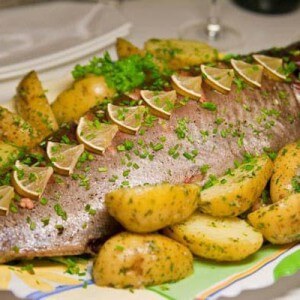
- mullet – 3 kg;
- lemon grass – 4 tablespoons;
- fennel – 1 pcs;
- lemon – 1 pcs;
- cilantro – 150 g;
- ginger – 30 g;
- Garlic – 4 cloves;
- olive oil – 50 g;
- salt and pepper to taste.
Preparation
The first step is to gut the fish (or buy ready-cut mullet). Crush vegetables and herbs. Stuff the kefali abdomen with all the ingredients (the sequence does not matter), put the fish in a baking dish and send it to the oven. Approximate cooking time: 60 minutes at 140 ° C.
Противопоказания
The mullet has no absolute contraindications, except for individual intolerance to the product and components that make up. There are cases of the development of allergic reactions with serious consequences for the affected patient.
Track the quality of the fish and responsibly treat the cooking process. You need to protect yourself from possible infections by prolonged heat treatment. The use of poor-quality fish can lead not only to intoxication, but also to irreversible consequences due to parasites living in fish.
How to choose a mullet
Freezing method
Buy fish that were frozen immediately after catching. The so-called method of shock freezing saves the maximum benefit of the product. Information on the date, time, method of freezing, look for on the package. If you work directly with a supplier, ask for documents confirming the information received.
Timing of the catch
The greatest use is concentrated in fish caught in spring or late fall in the Caspian / Black Sea. The nutritional value of the product decreases after 48 hours. If the seller manages to sell all the goods in 2 of the day, and the consumer eats fish, then a few people in the world become a little healthier and happier.
Appearance
No one wants to eat an impartial product. Choose fish without damage, with smooth shiny scales, standard shape and size. The scales should fit snugly to the carcass, gleam in the sun and shine beautifully with silver hues. Spots, bumps, damage are unacceptable. Discard the defective carcass and find a more responsible seller.
Eyes
The eyeballs of a fresh mullet are convex, clear, with a distinct black pupil. If the fish “lay down” and managed to see a lot during its short but rich life, then the eyes will be cloudy, swollen, like frosted glass.
Make a traditional test, which is usually carried out when buying meat. Lightly press the mullet and check the response of the carcass. The hole, which is formed from pressure, should quickly flatten and recover. If the fish is overly malleable, and the trail is not restored, then this is direct evidence of an expired shelf life and an attempt to sell low-quality goods.
